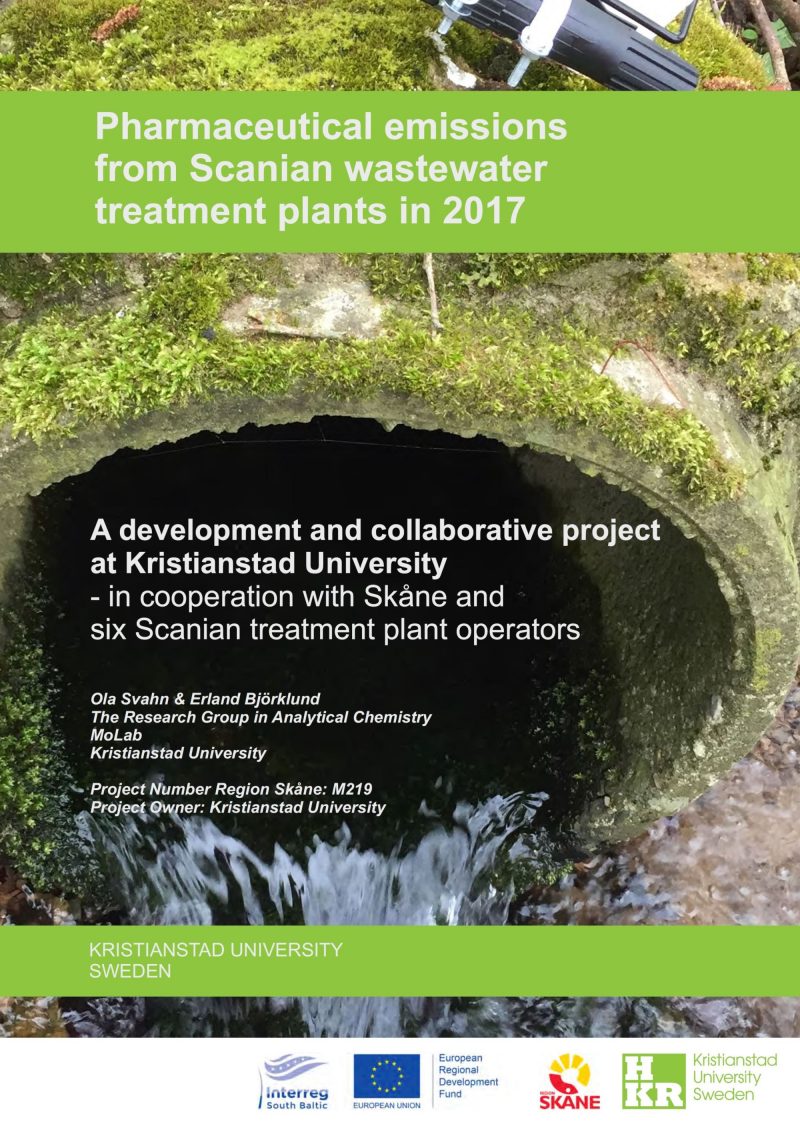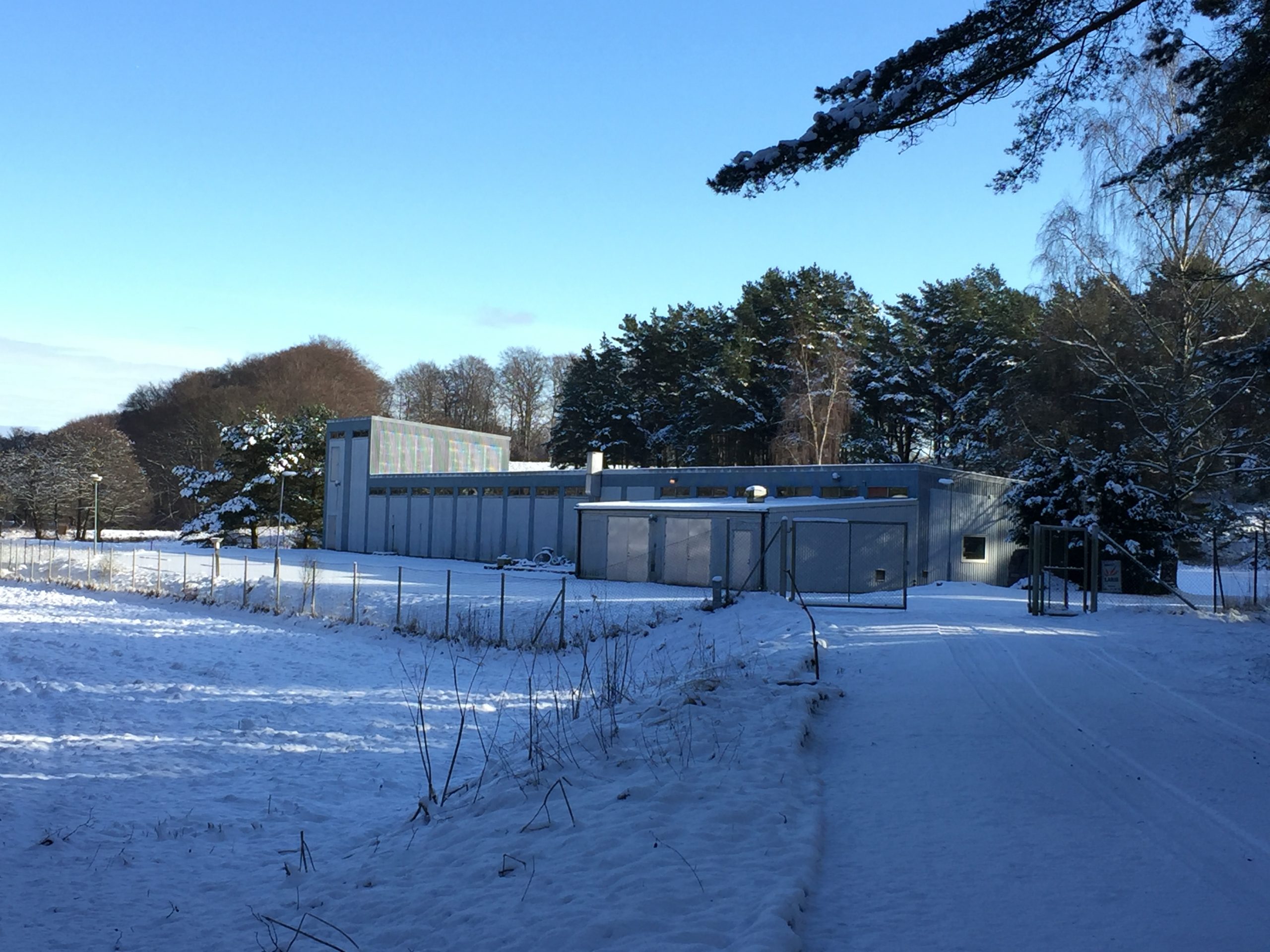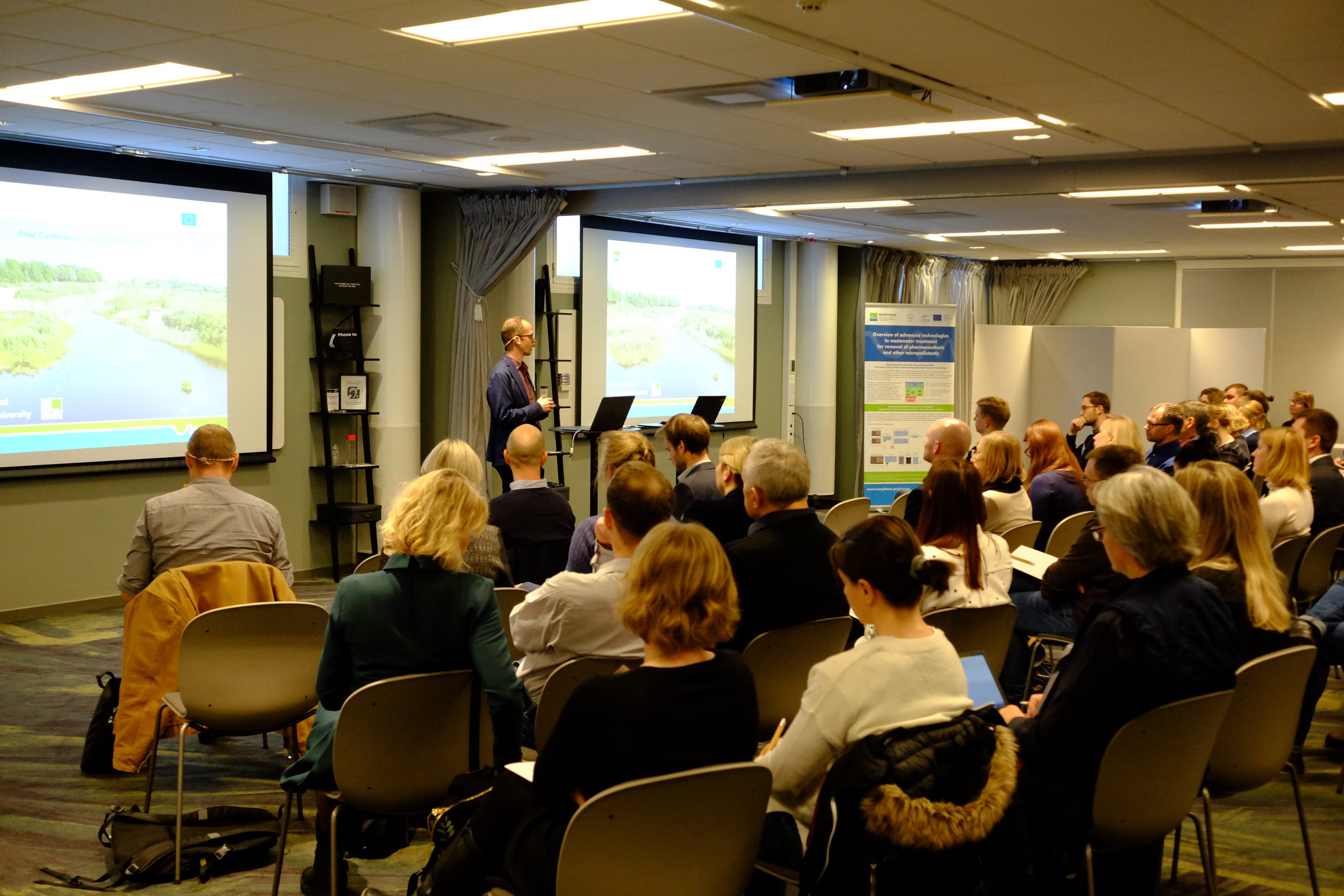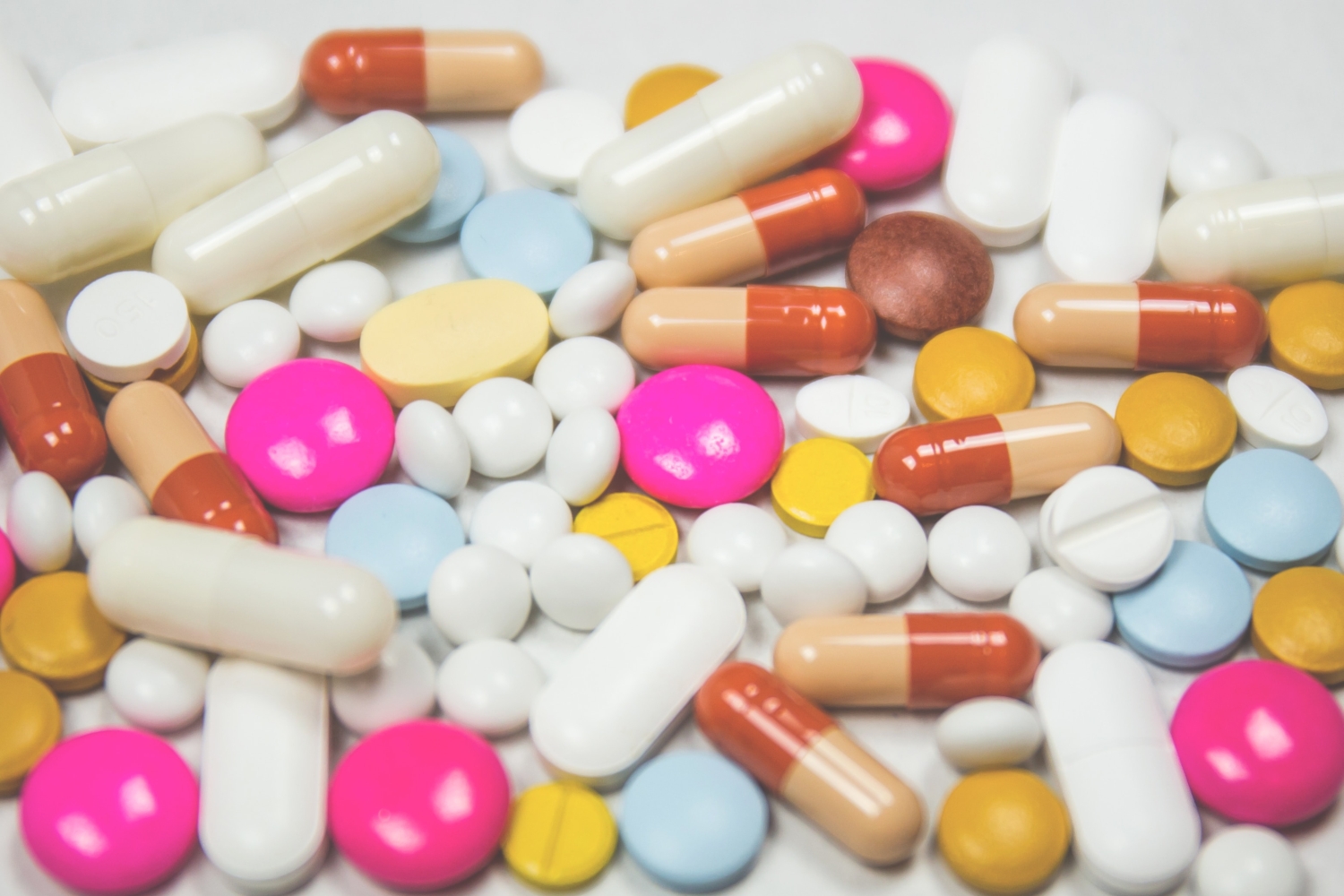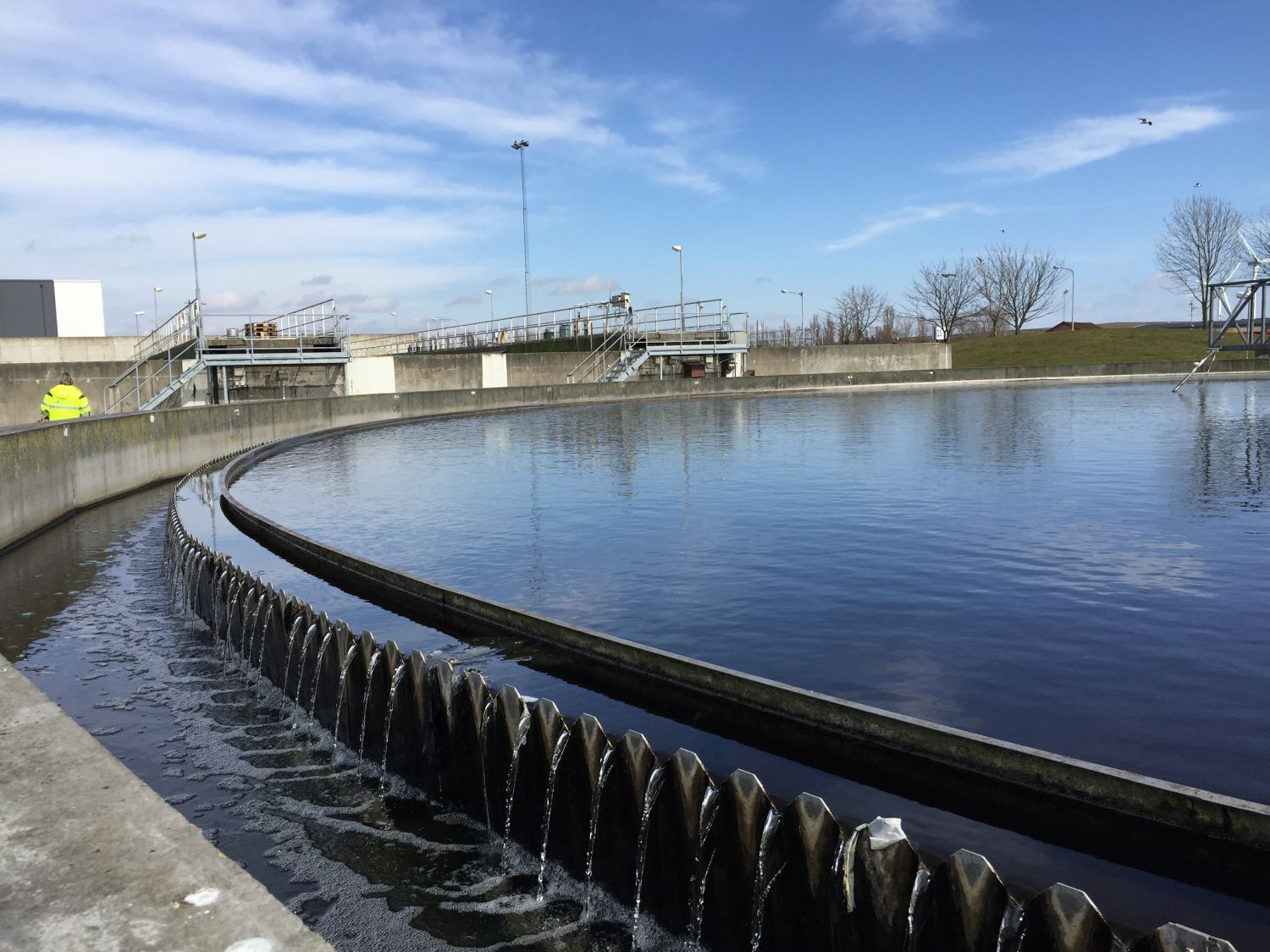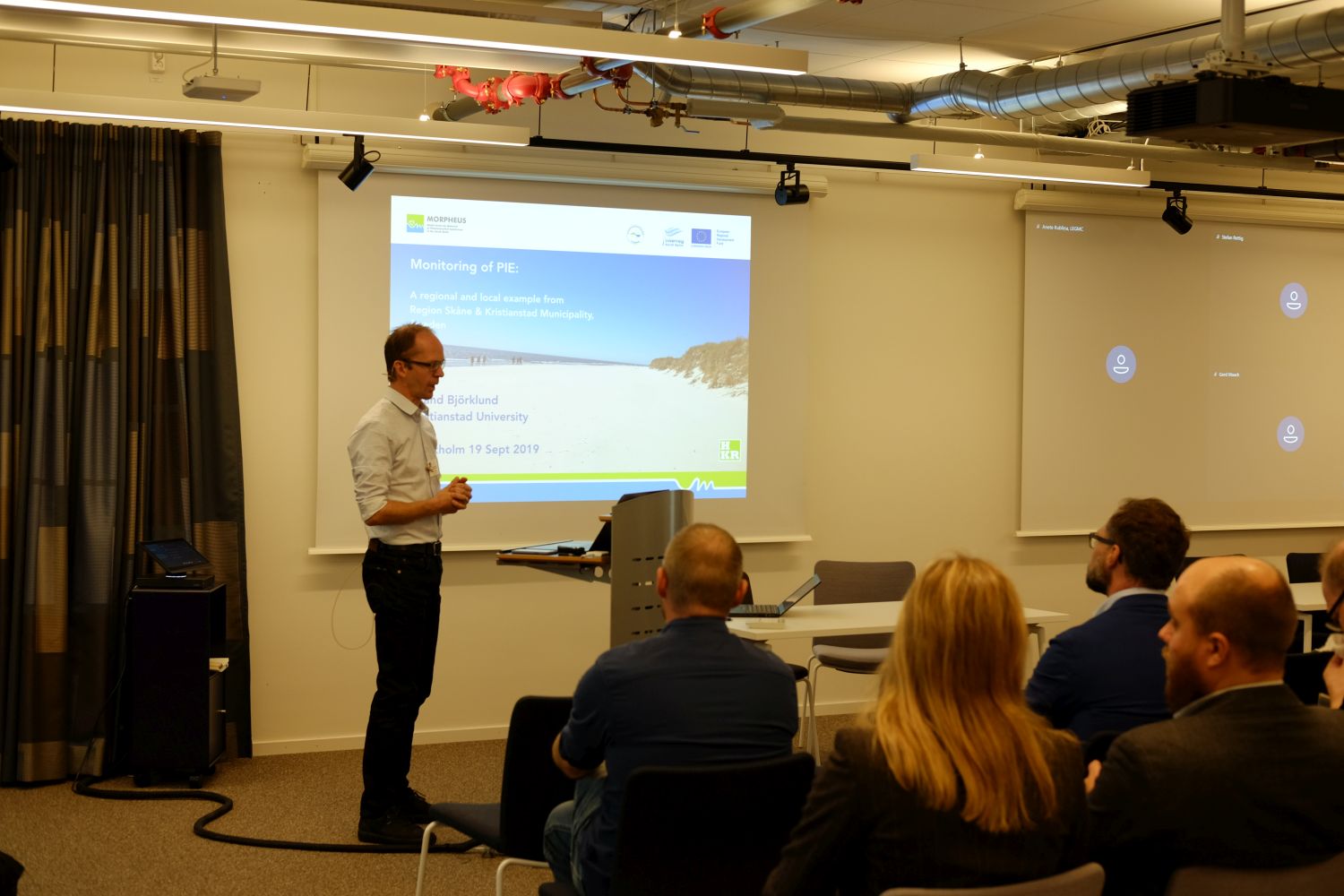Results from a Swedish project that analysed pharmaceutical emissions from Scanian WWTPs are made available to a broader public now.
The report “Pharmaceutical emissions from Scanian wastewater treatment plants in 2017” that was compiled in the Swedish project LUSKA, was translated and adapted within the framework of MORPHEUS.
The project LUSKA (a Swedish acronym meaning ‘to figure out’ formed from the name LäkemedelsUtsläpp från SKånska Avloppsreningsverk – Pharmaceutical emissions from Scanian wastewater treatment plants) comprised six different participating wastewater treatment organisations, geographically distributed throughout the whole of the Scania region in Sweden (Skåne): Höganäs, Klippan, Höör/Hörby, Svedala, Kristianstad and Simrishamn. Sampling was done in April 2017 in four locations at each treatment plant. Three of these locations were chosen as suggested by the County Administrative Board of Skåne’s supervisory guide: upstream, downstream and outlet water from the treatment plant. In addition, a fourth sample point was included consisting of inlet water to the treatment plants. In the study, a total of 21 out of 22 pharmaceuticals were analysed according to the Swedish Medical Products Agency’s proposed substance watchlist from 2015. The analysis results from the eight treatment plants and associated recipients in the form of streams and lakes clearly shows that large amounts of pharmaceuticals end up in our surrounding Scanian waters every year. This takes place as a consequence of the wastewater treatment plants not being able to separate pharmaceutical emissions with existing technology based on activated sludge. The study showed that the eight treatment plants release at least 71 kg of pharmaceuticals every year to Scanian waters of these 21 substances alone. The major bulk of the measured substances were comprised of the blood pressure lowering drug metoprolol and the analgesic diclofenac. But even such substances as carbamazepine, losartan, naproxen and oxazepam occurred in significant concentrations in the wastewater. These substances include several pharmaceutical types and represent three general and relatively common illnesses: high blood pressure, inflammation and pain, and depression and anxiety. Based on the results in the LUSKA project, it can be estimated that when a treatment plant treats one million cubic metres (1,000,000 m3) of wastewater, at the same time approximately 4 kg pass of the 21 drugs that the Swedish Medical Products Agency included on its watchlist. According to a rough estimate, including a majority of the Scanian wastewater treatment plants, this would mean that nearly 600 kg of drugs on the Swedish Medical Products Agency’s proposed substances watchlist leak out from Scanian treatment plants every year. At the same time, it must be taken into account that these 21 substances only comprise a small part of the several hundred pharmaceutical substances used for the treatment of diseases. In all likelihood, one or more tonnes of drugs leak out into Scanian recipients annually. Measurements in lakes and streams show that even if the concentrations drop downstream of the plants, probably as a consequence of dilution, there are locales where the concentrations are remarkably high from a sustainability perspective.

